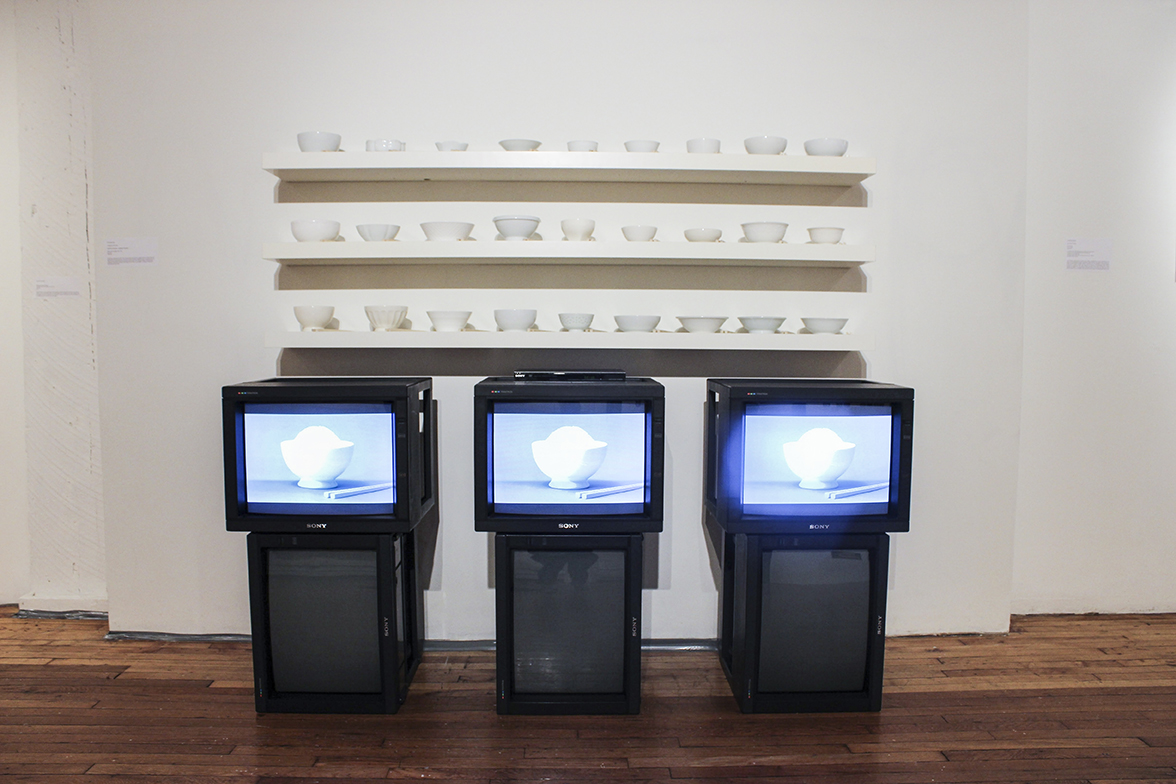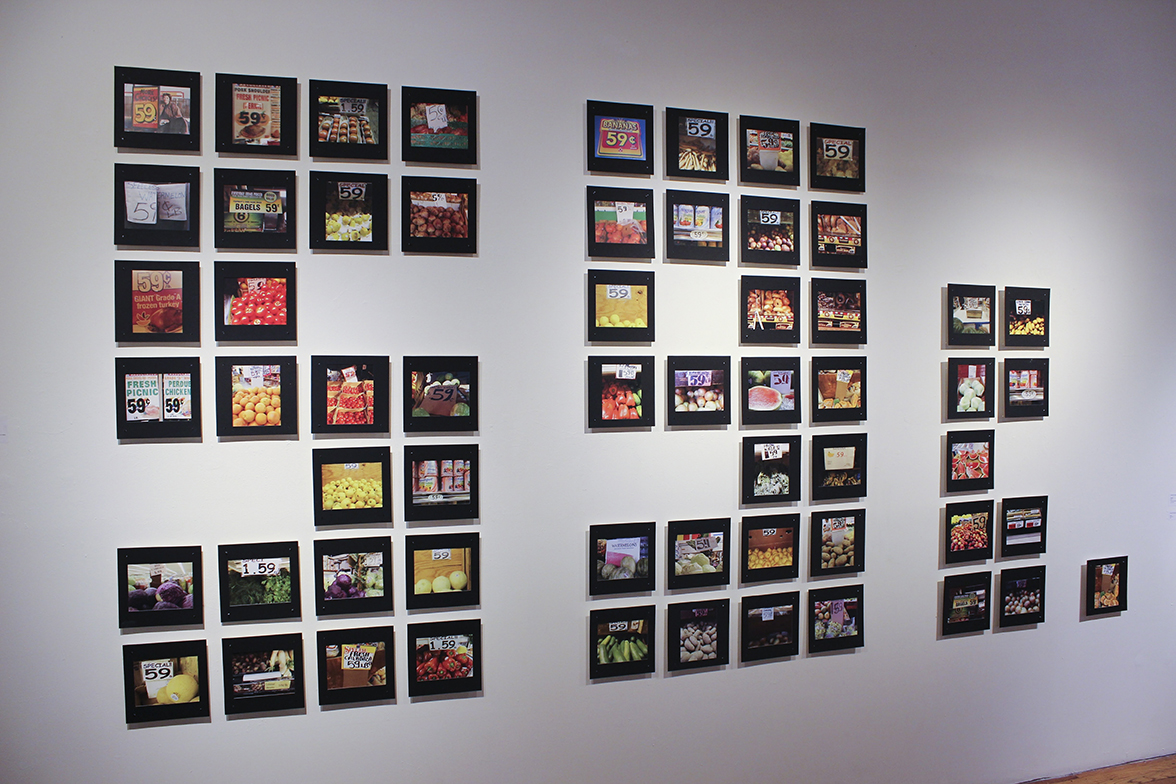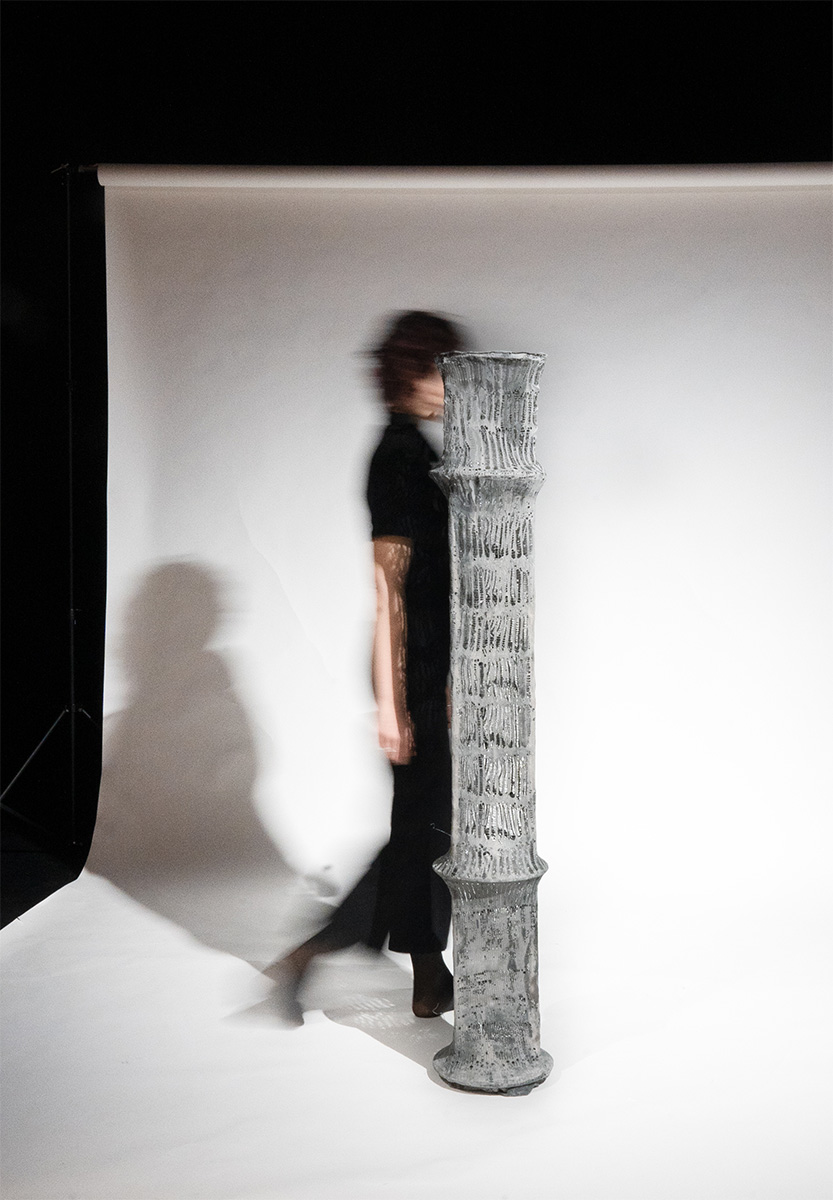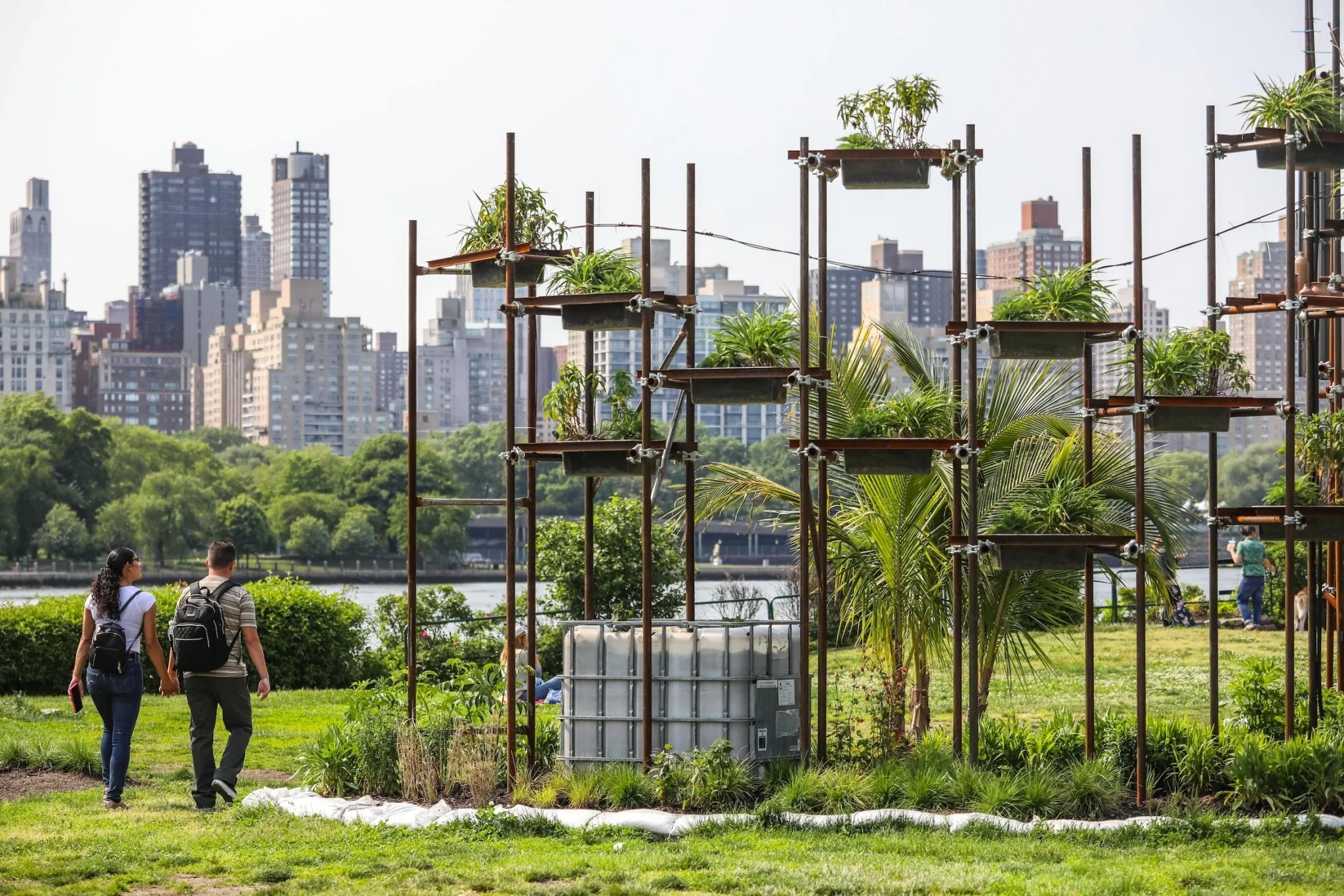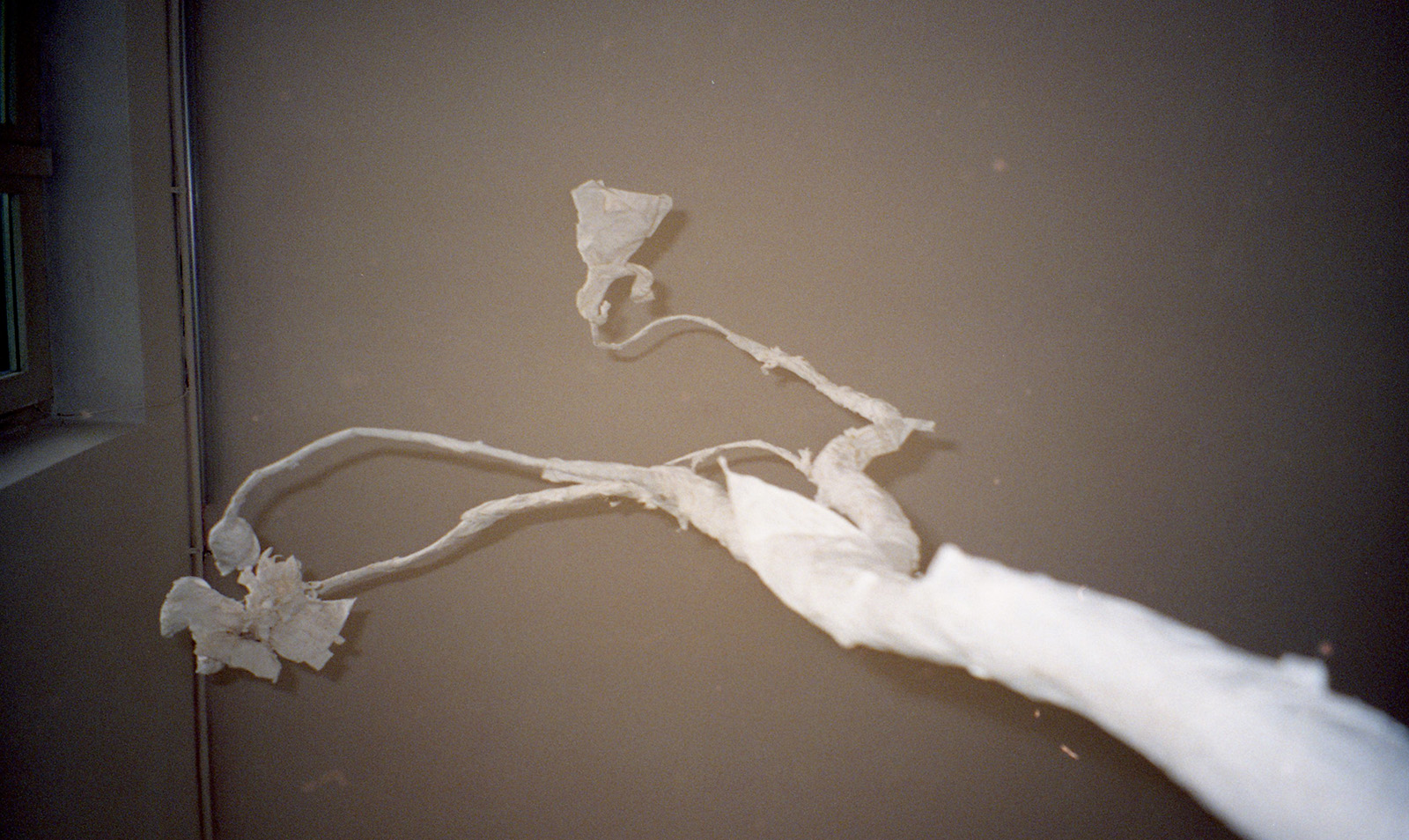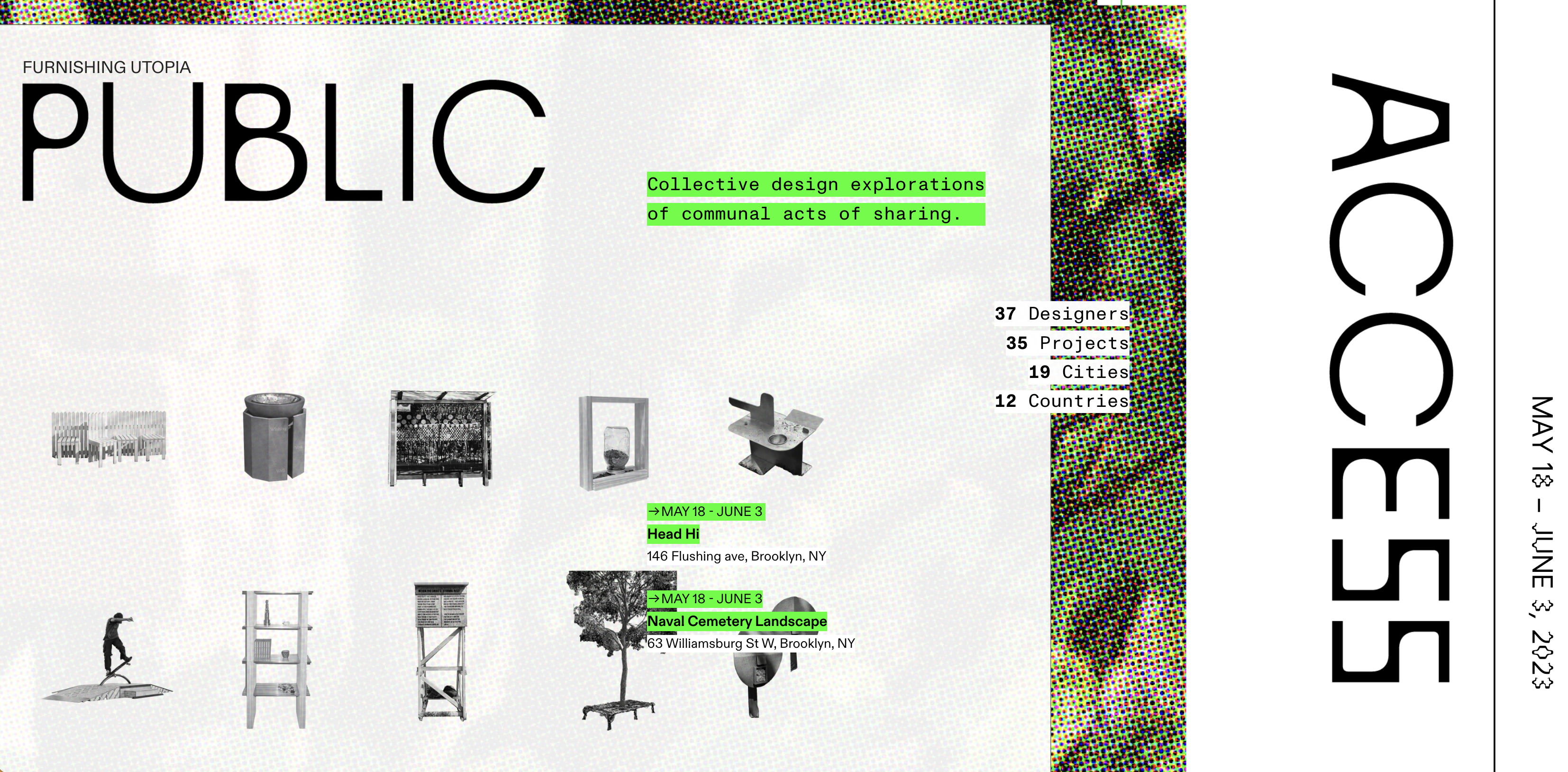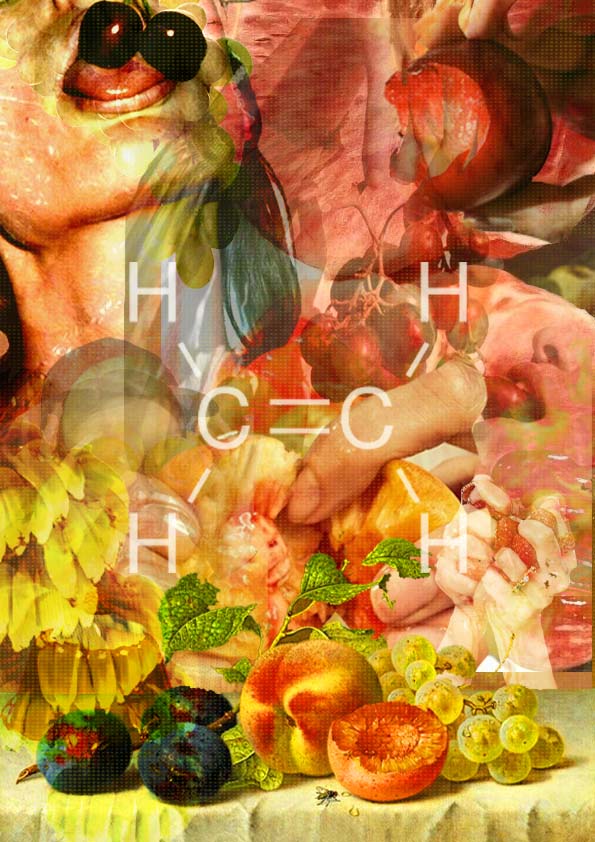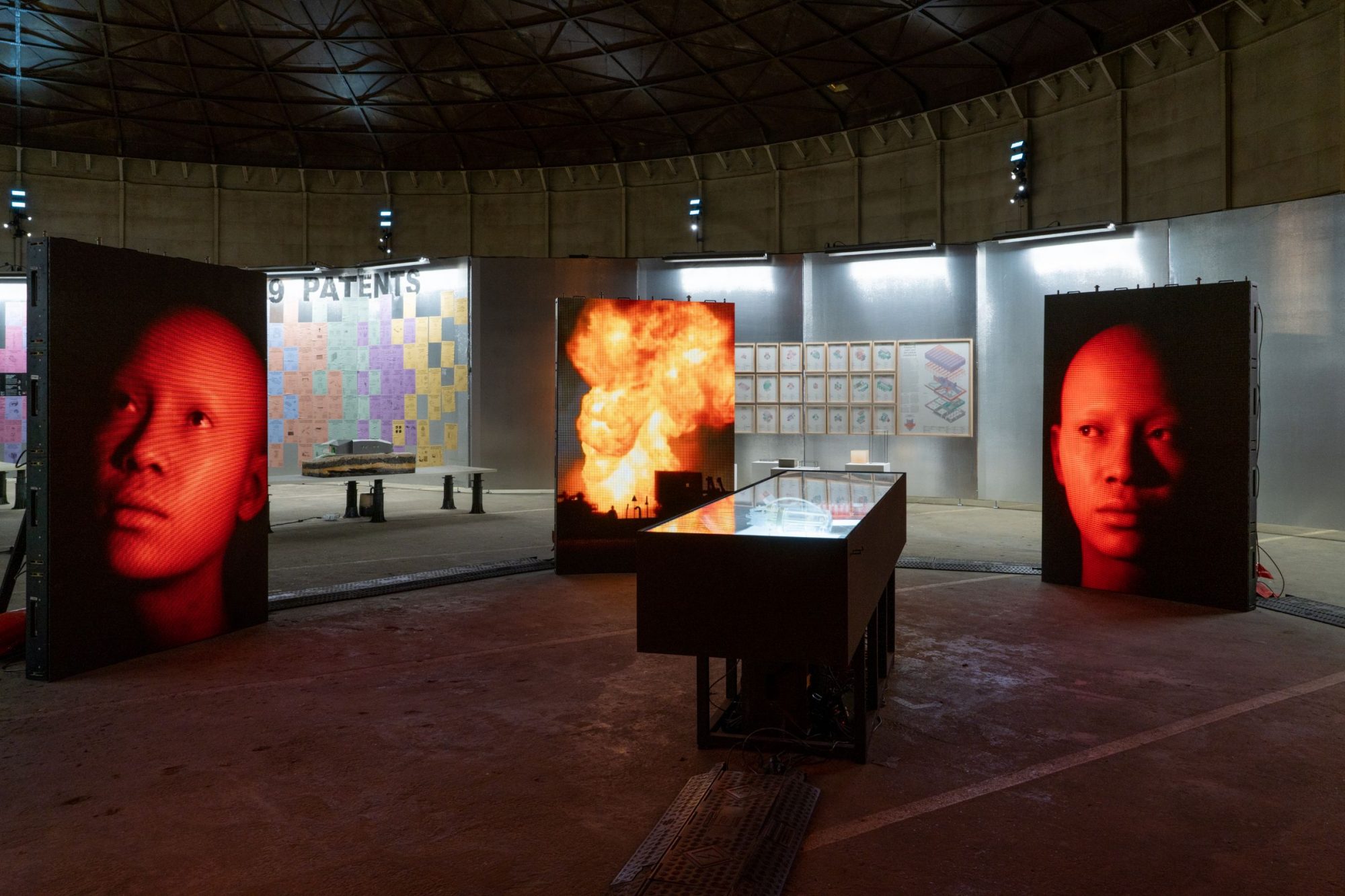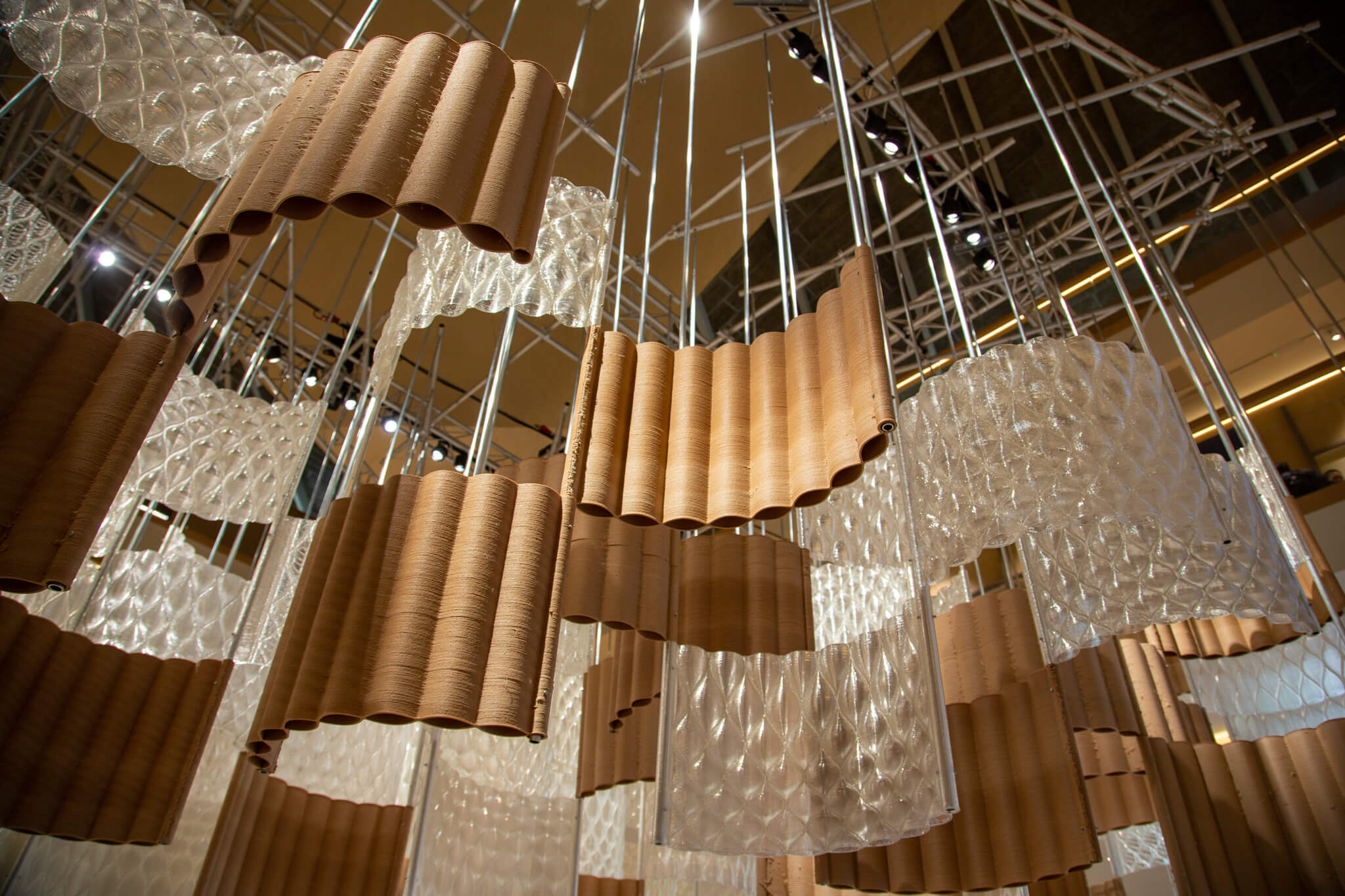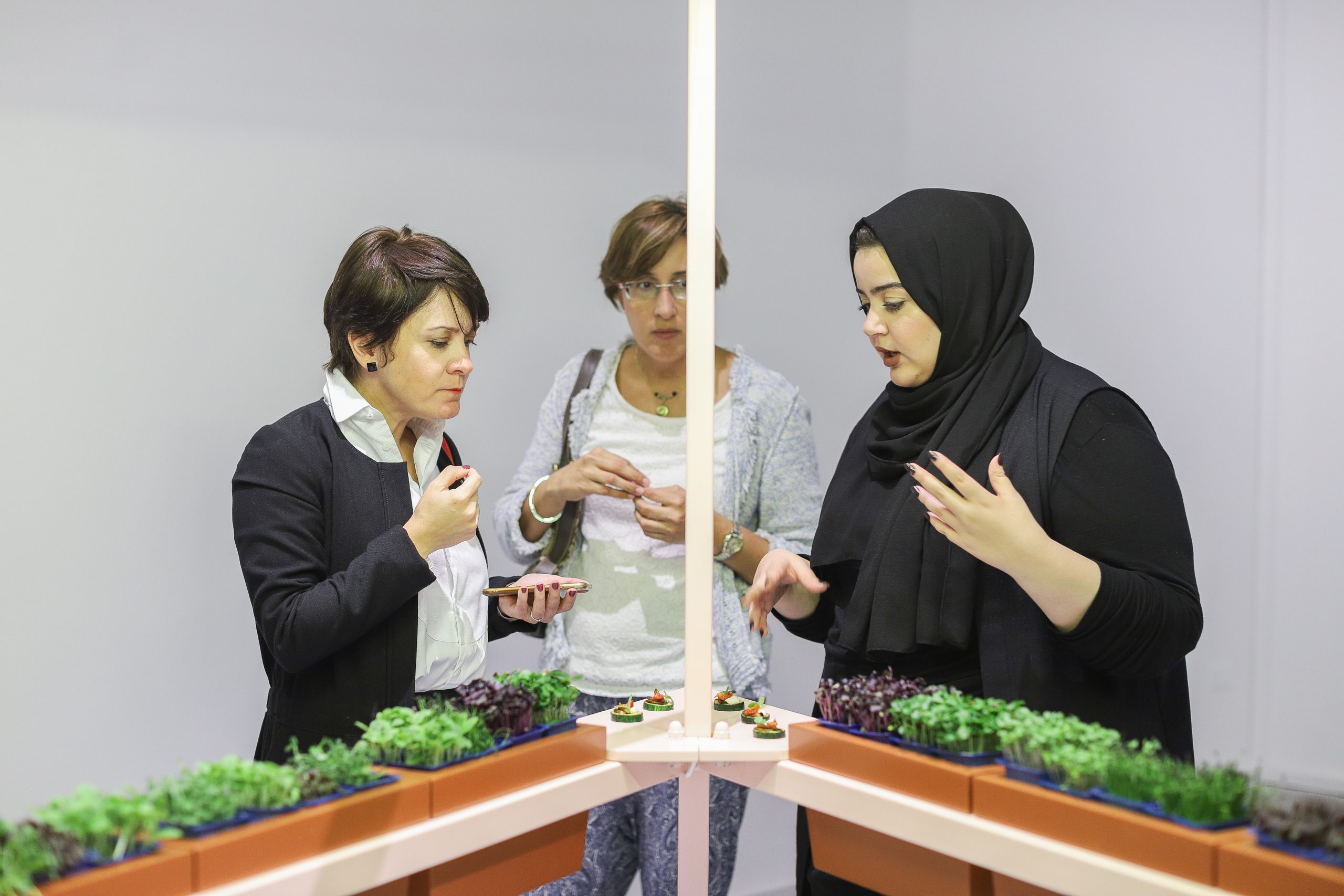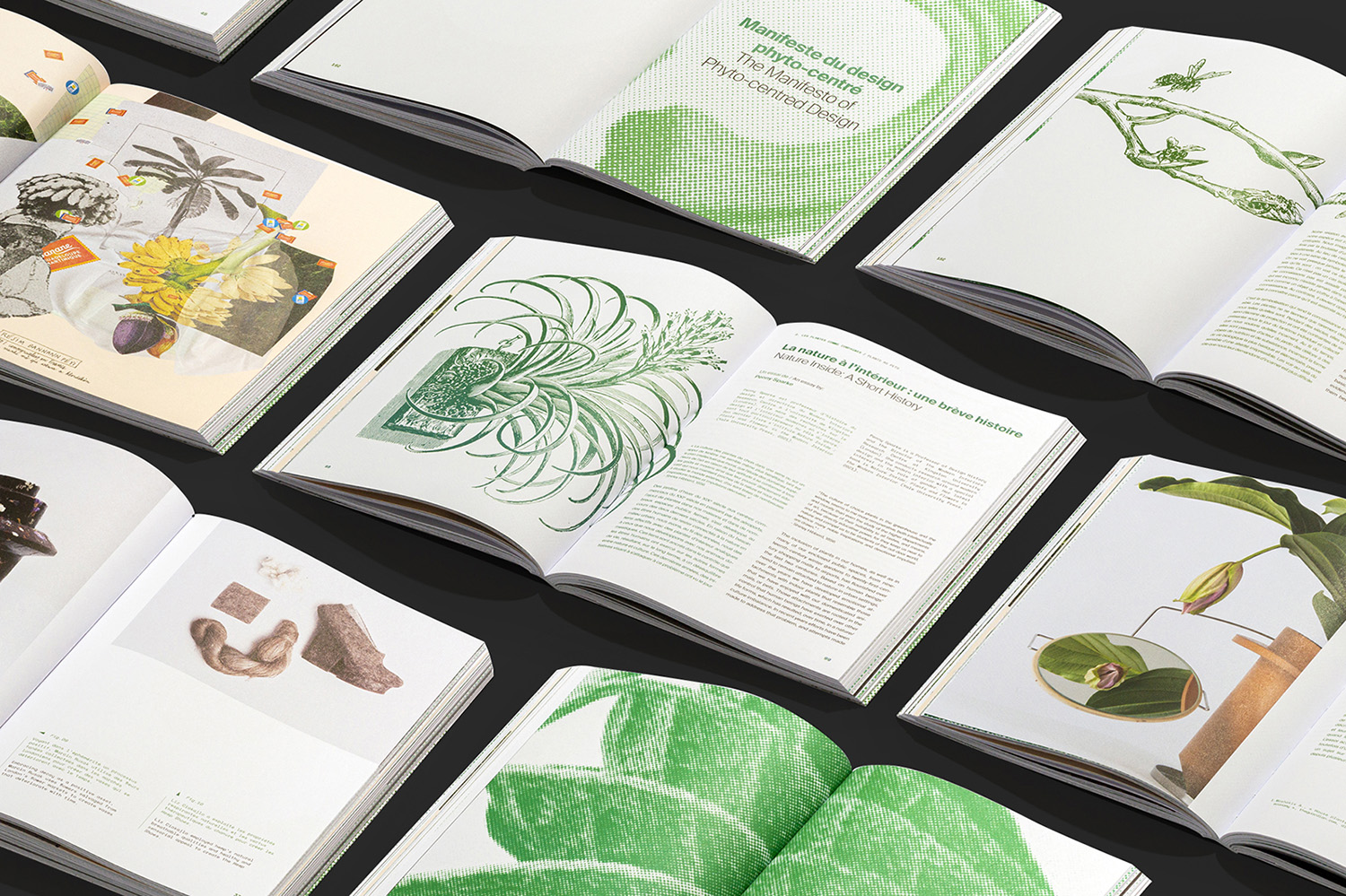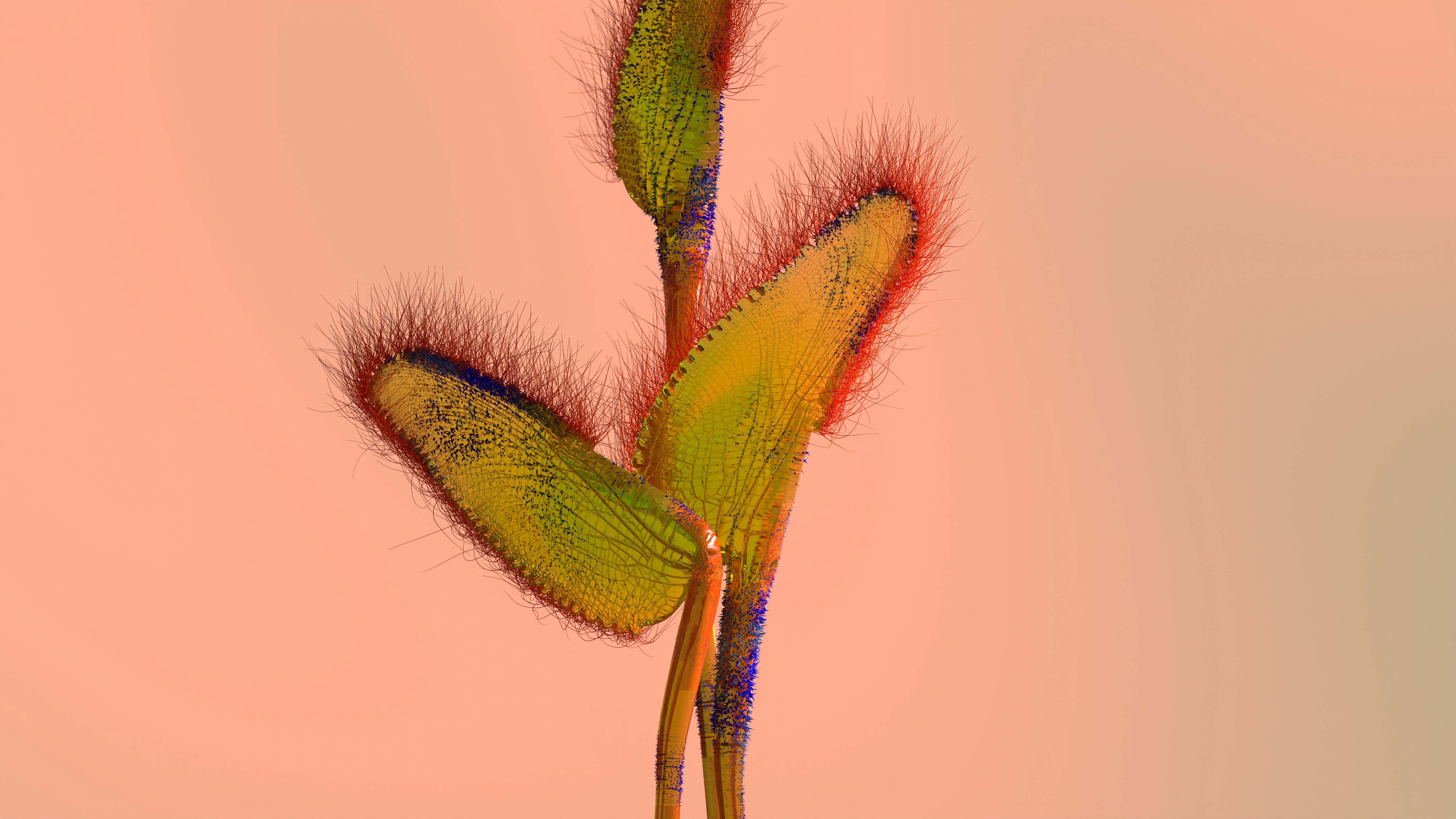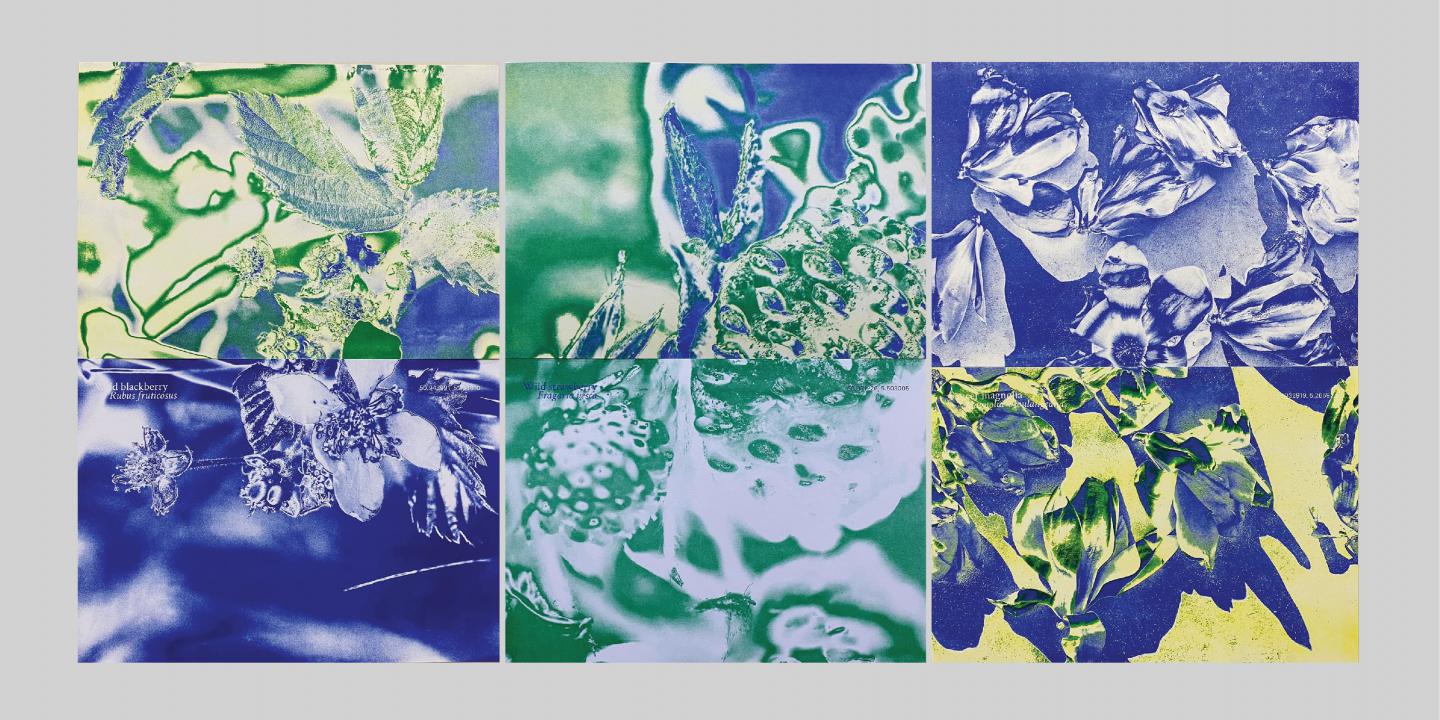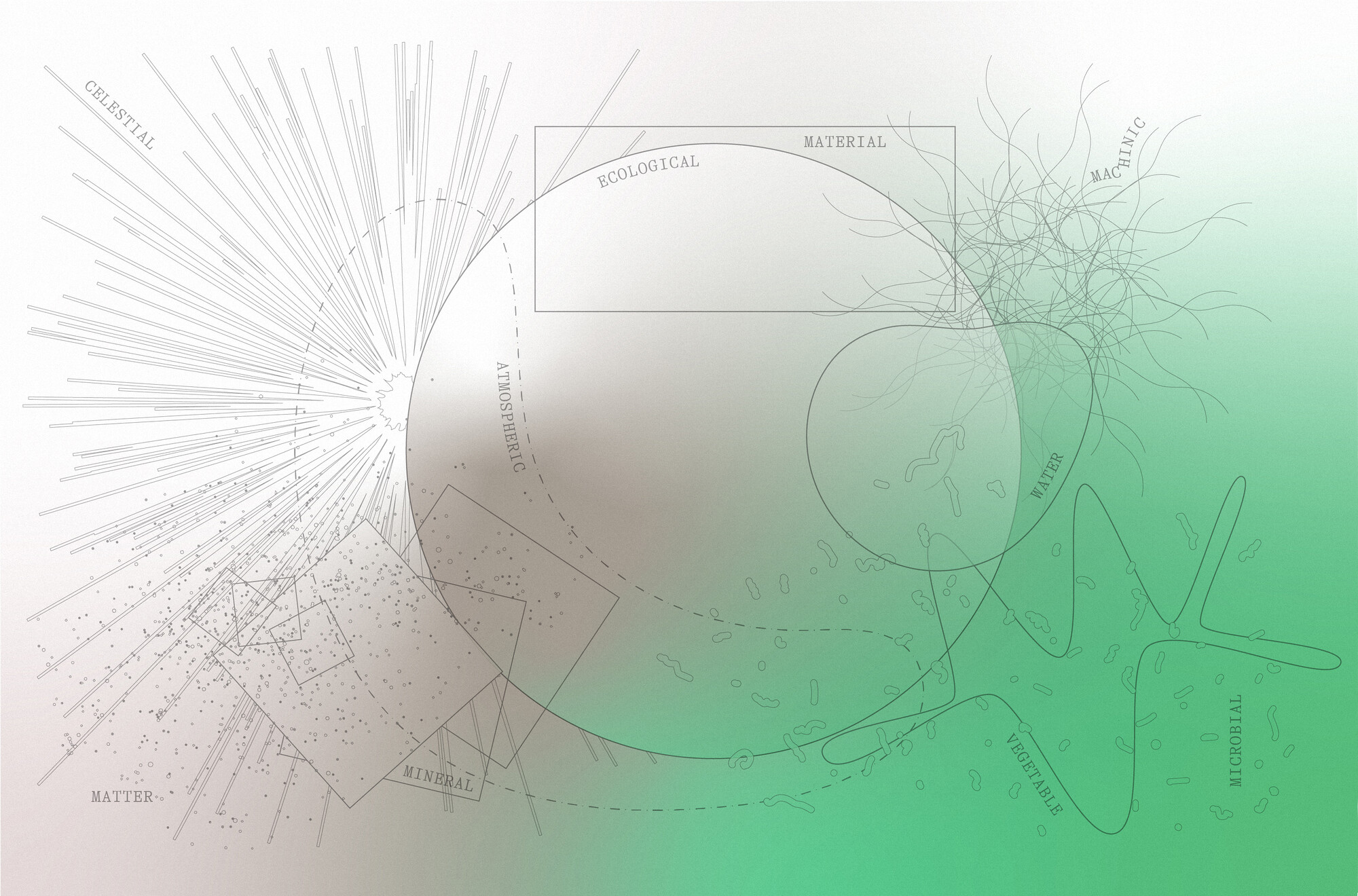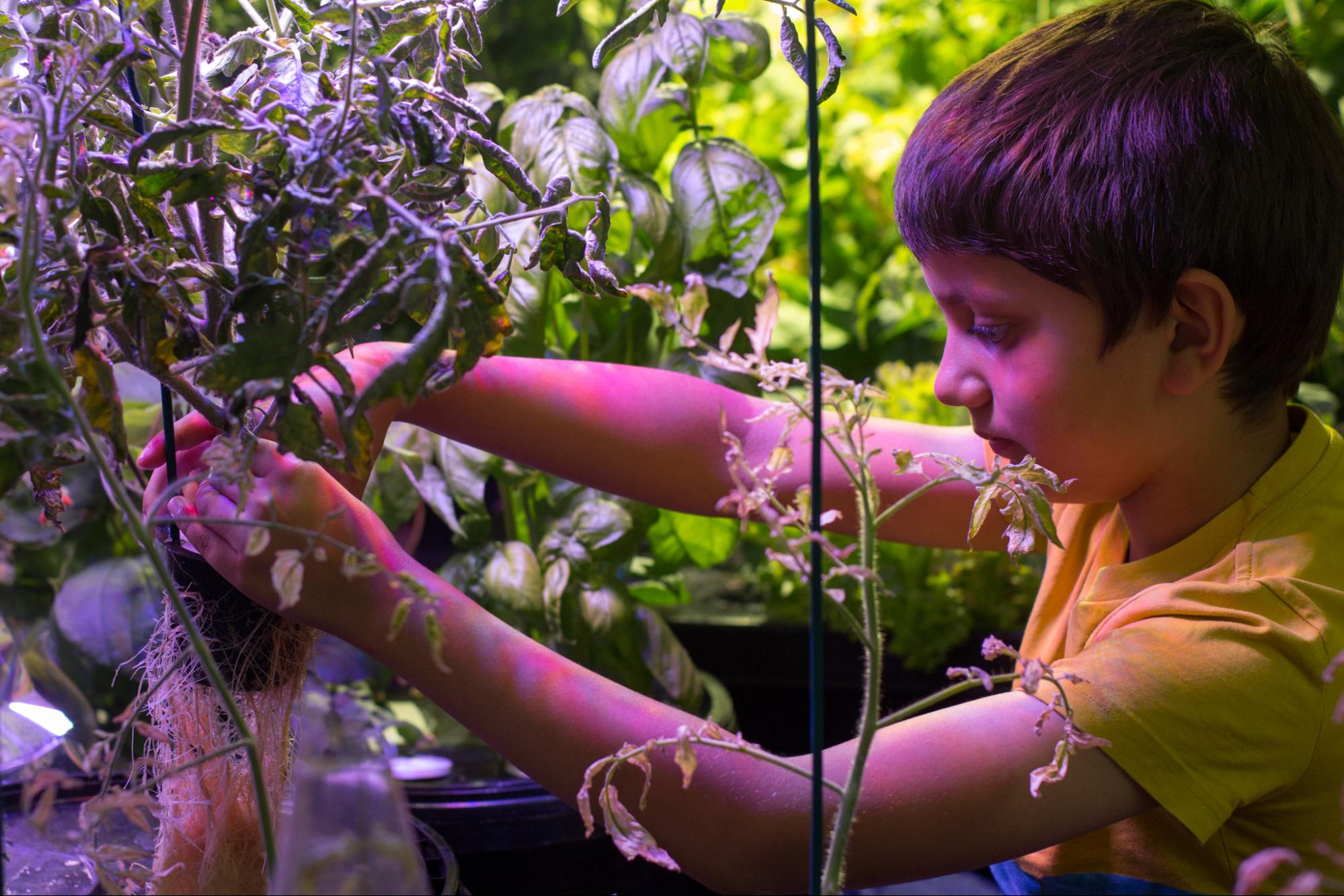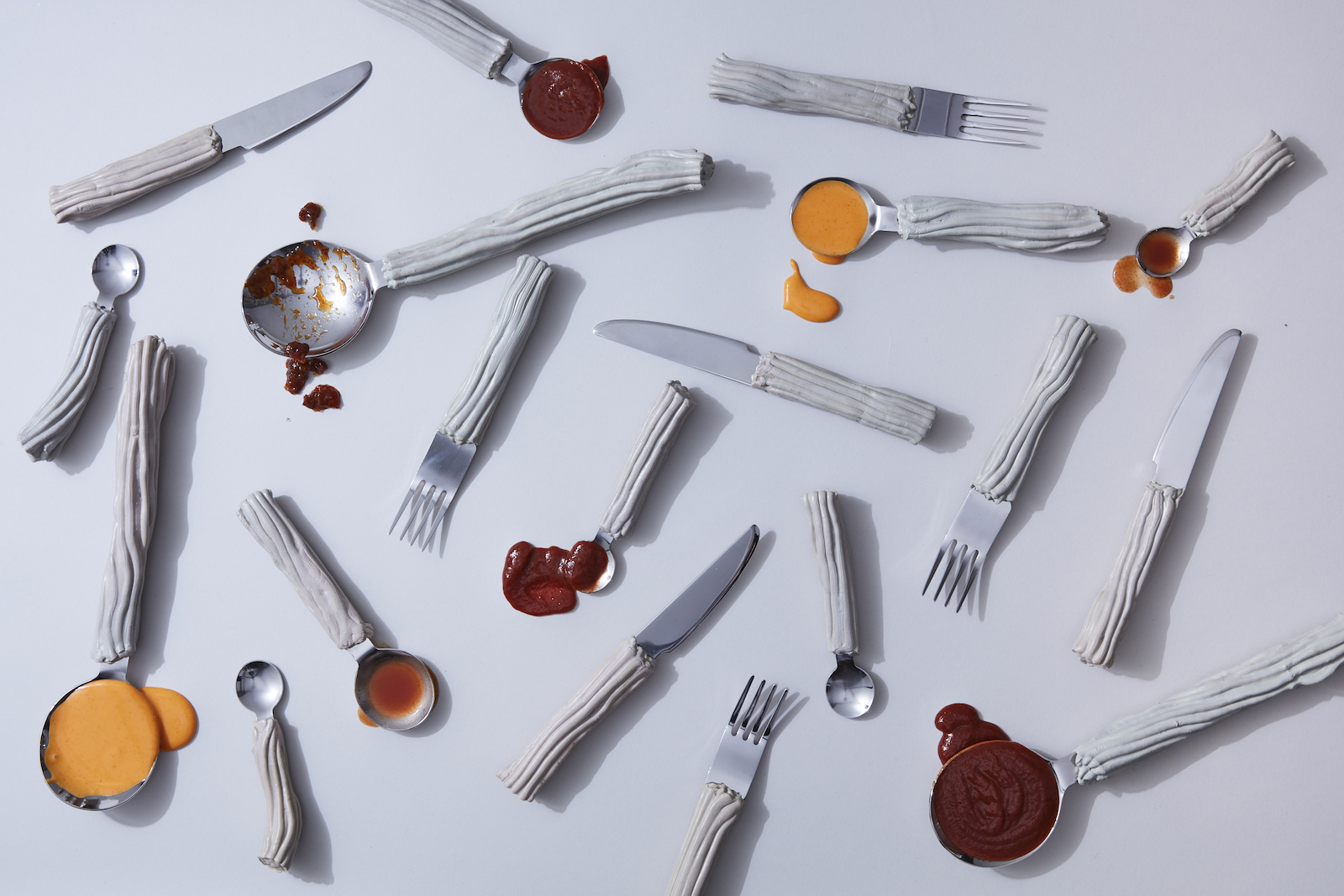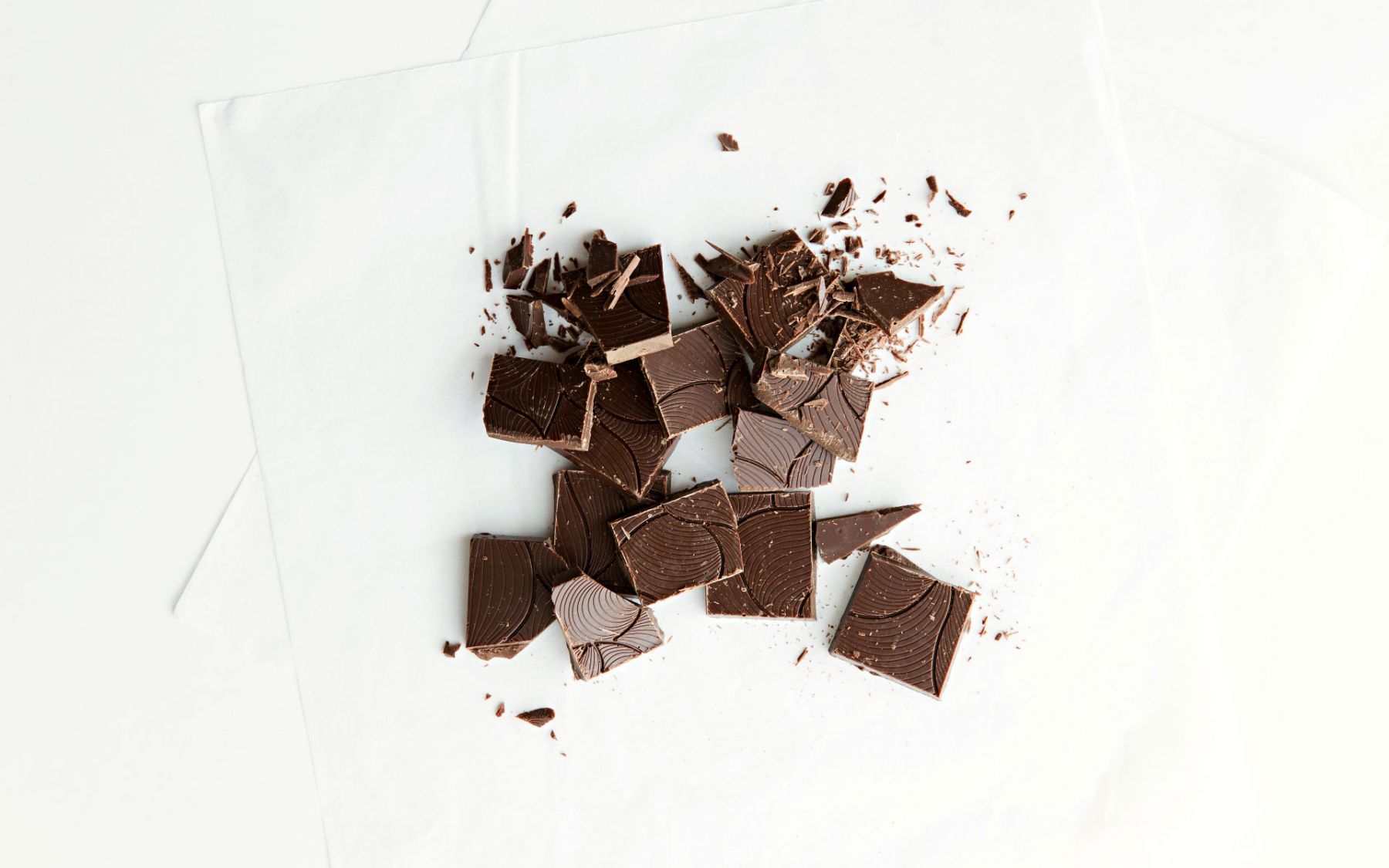Last week The Economy of Food opened at the Bronx River Art Center Gallery—the latest exhibition in their two-year food-focused series. The works examine the economy and materiality of our complex, globalized food system, including food production, distribution and consumption. While some of the pieces’ direct tie in with the theme were a bit obscure, overall, the exhibit shed light on unique insights and narratives for how we navigate through the food system. Artists made visible the broader cultural, social and political issues surrounding food and food access, creating a poignant narrative for the gallery’s location in the Bronx, New York. The great irony of the Bronx is that while it is home to the one of the largest food distribution centers in the world, it is also plagued with food insecurity. The borough is typified by food deserts and a lack of healthy food choices. According to City Harvest, almost 20% of residents in the Bronx are food insecure, which is significantly higher than the national rate of about 16%.
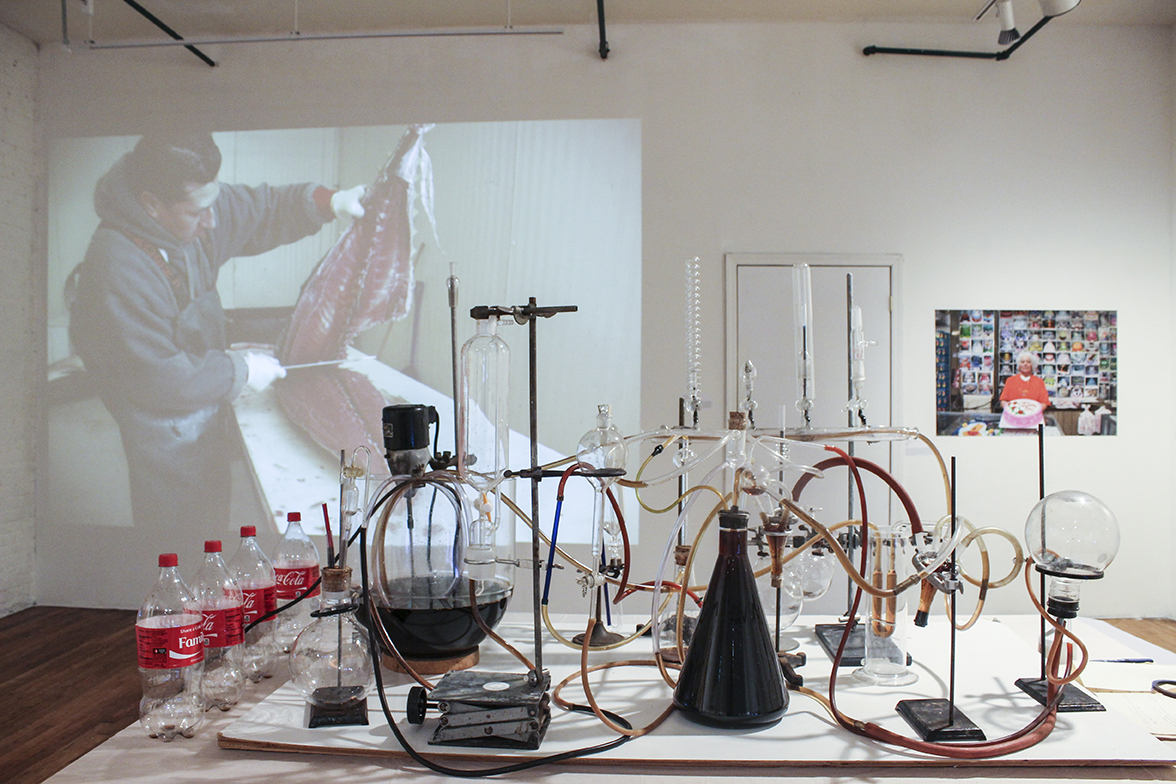
On view in BRAC’s temporary gallery space in Mott Haven are living sculptures, photography, installations, video and a bubbling, whirring coca-cola-infused installation, which commanded much of the gallery’s attention last week at the opening. The half-soda-fountain, half-mad-scientist-contraption pumped dark, fizzy Coca-Cola throughout a network of glass beakers, bottles, tubes and antique laboratory equipment. Artist Alberto M. Bursztyn uses this partially branded scene to suggest how socio-historical narratives can be combined, re-interpreted, and made whimsical. It certainly alludes to a dystopian science-fiction narrative, and feels referential to the much-criticized soda industry’s affect on public health.
Chee Wang Ng’s piece, “108 Bowls,” is a site-specific iteration of a previous installation. Shelves lined with empty bowls, all seemingly “asian” in style, are mounted above 4 televisions. A soft, harmonious ring accompanies images the bowls, flashing one-at-a-time on the TV screens. A text overlay calls out where the bowls were each made: Germany, Korea, China, Mexico. Most explicitly, the piece comments on globalization: the bowls are from all over the world, and yet are nearly indistinguishable. It brings up issues of identity and locality within a globalized economy and forces viewers, perhaps, to wonder how much an “asian” bowl is simply a commodity. More abstractly, through the unfilled bowls, it sets a tension between substance and emptiness. The purpose of the bowls are to contain food, and yet they leave this purpose unfulfilled.
Two pieces clearly comment on issues of food security: Jonathan Blaustein’s “The Value of a Dollar,” and Project 59’s “59 Cents.” The latter, a giant collage of images of what $0.59 buys in food and produce, is an insightful, photojournalist approach to addressing our awareness of food security and food access. The artist comments: “For many families in the Bronx and greater New York this is the only everyday food they can afford.”
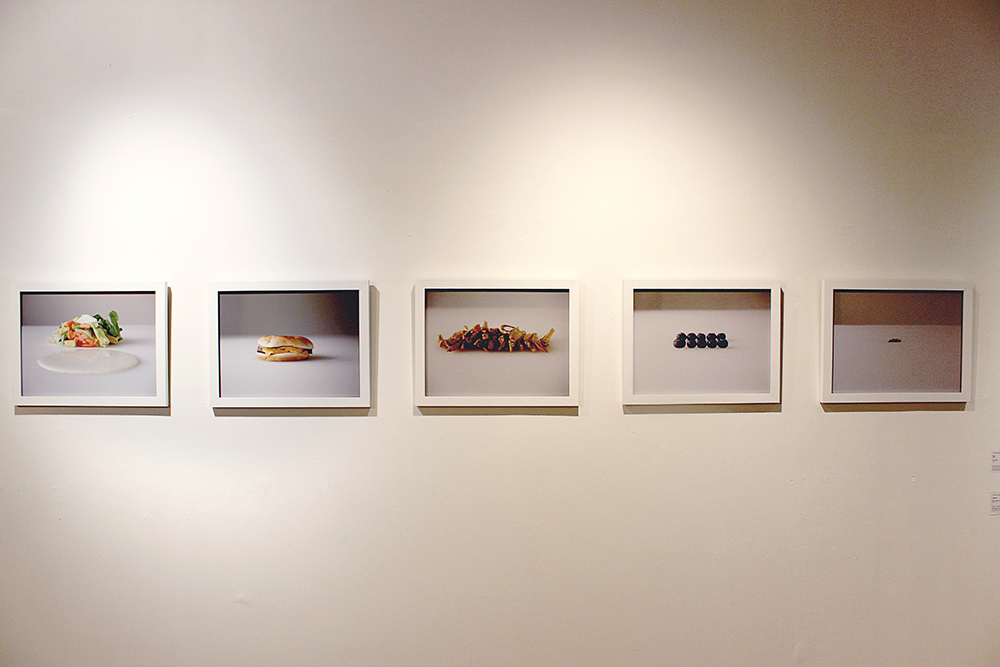
Blaustein’s piece consists of five photographs, documenting the edible trade value of $1.00. The haunting, almost ghostly backgrounds of each photograph draw you in even more intimately to the food pictured. A few threads of delicate saffron make a poignant statement alongside a greasy, deflated cheeseburger.
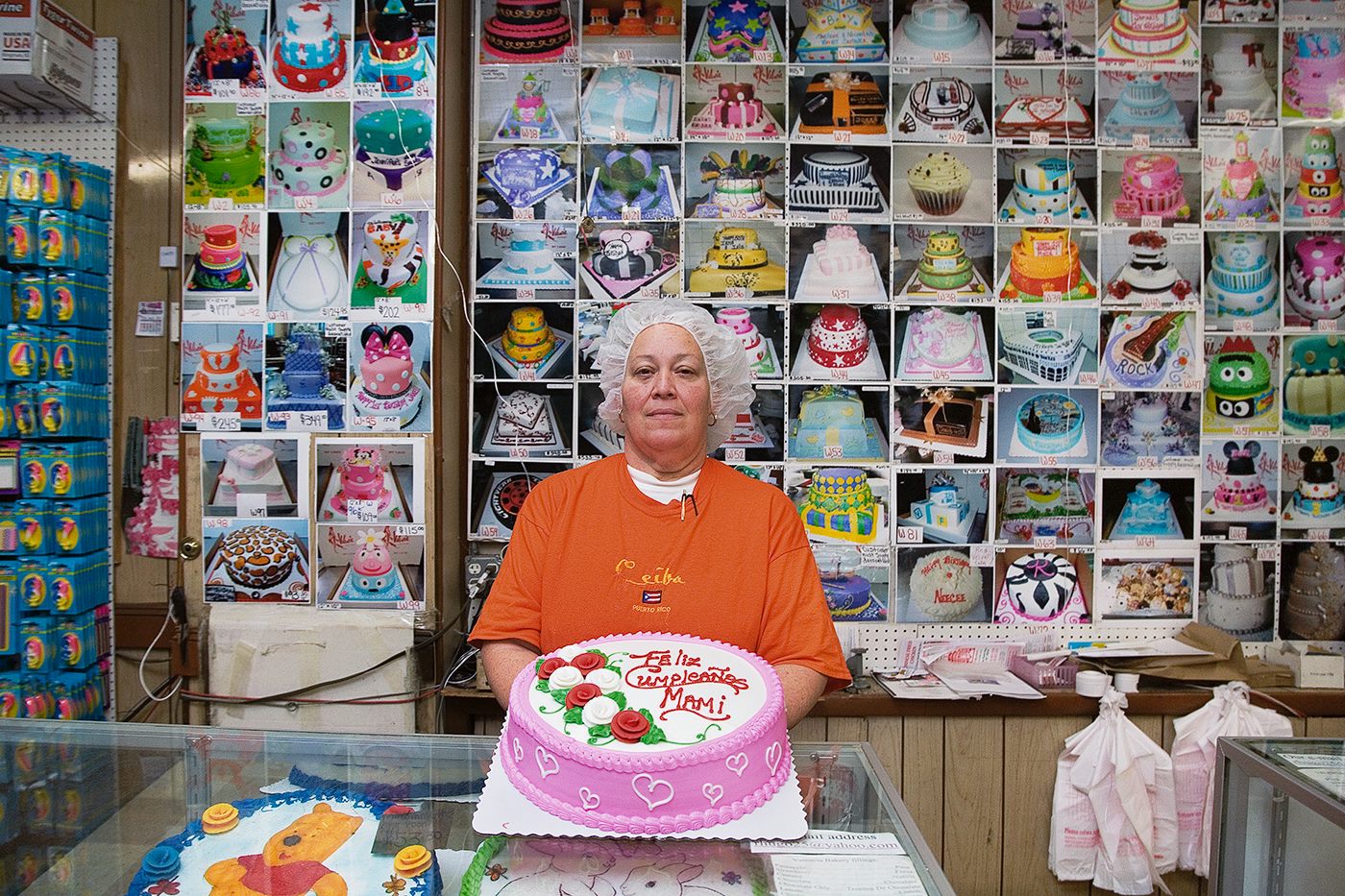
Nancy Reyes, of Valencia Bakery in South Bronx, is the subject of a large, mounted photograph by artist Martine Fougeron. Reyes, the “head decorator and calligrapher” of the bakery, has been working at this classic establishment for 23 years. The artist explains how this photograph represents part of a ritual:
The cake is in a box when the customer arrives and Nancy is proudly presenting the sponge and butter cream cake she finished adorning that morning with her signature handwriting: “Feliz Cumpleaños, Mami.” On her T-shirt is inscribed the name of her howntown: Ceiba in Puerto Rico. Most of the workers are a tight group of Puerto Ricans who have been working in this small family-owned business for more than 15 years.
At once both endearing and forceful, Fougeron’s photograph gives a face to the exhibit and seeks to illustrate a basic understanding of the “economy of food,” expressing value in ethnicity, ownership and pride in our food system.
The Economy of Food is on view now through June 20th at the Bronx River Art Center Gallery at 305 East 140th Street, Bronx, New York.
